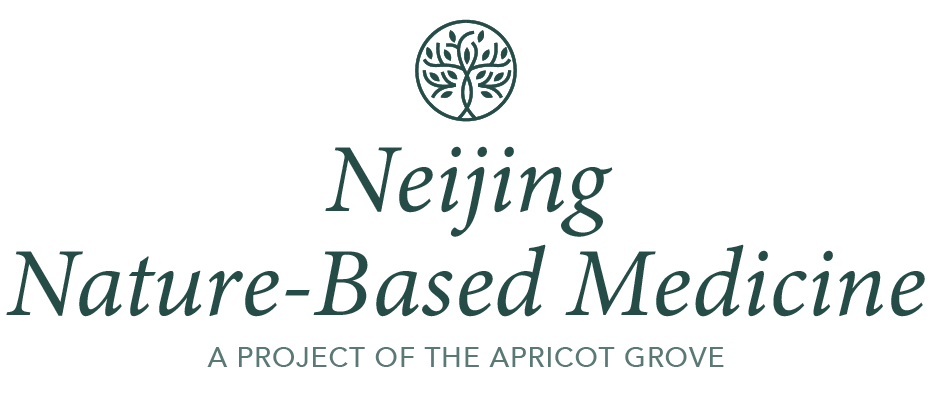Neijing Nature-Based Medicine
Curriculum
Neijing Nature-Based Medicine: 2-Year Mentorship Training – 2025/27 curriculum
The program takes two years to complete, with coursework spread across four academic semesters.
Study Block | Course Content |
|---|---|
AUTUMN 2025 SEMESTER |
|
| Study Block #1 Introduction to Neijing Nature-Based Medicine | Begins the study of the Huangdi Neijing and Neijing Nature–Based Medicine. |
| Study Block #2 History of Early China/Chinese Language | Introduces the history of Ancient China and the Ancient Chinese language. |
| Study Block #3 Introduction to Classical Text Scholarship (CTA) | Discusses the principles of Classical Text Archeology (CTA) and classical text scholarship. |
| Study Block #4 A History of the Neijing Text | Reviews of the history and development of the Neijing text. |
| Study Block #5 Introduction to Neijing Classical Space-Time Theory | Discusses the basic theories and principles of Neijing space–time theory—the theoretical basis of Chinese medicine. |
| Study Block #6 The Celestial Base Patterns: Part A | Discusses the basic patterns of the celestial heavens and the Universal Base Patterns (Part A) |
| Study Block #7 The Celestial Base Patterns: Part B | Continues the discussion of the celestial heavens and the Universal Base Patterns (Part B) |
| Study Block #8 The Terrestrial Local Patterns: Part A | Discusses the patterns of the natural world and the Terrestrial Local Patterns (Part A) |
| Study Block #9 The Terrestrial Local Patterns: Part B | Continues the discussion of the celestial heavens and the Terrestrial Local Patterns (Part B) |
| Study Block #10 Nature’s Loom: Axial and Radial Patterns | Discusses Nature’s axial and radial weaving patterns, the basic pattern design for nature and the human body. |
SPRING 2026 SEMESTER |
|
| Study Block #11 Introduction to the Human Body | Introduces the human body by describing its basic features and processes. |
| Study Block #12 Architecture of the Human Body | Discusses the architecture of the human body as it is formed by the patterns of nature’s design. |
| Study Block #13 Rivers and Watersheds | Discusses the basic features of the primary watersheds and rivers. |
| Study Block #14 Watershed Topography: Part A | Discusses the topographical features and course of the upper and lower taiyin and yangming watersheds. |
| Study Block #15 Watershed Topography: Part B | Discusses the topographical features and course of the upper and lower shaoyin and taiyang watersheds. |
| Study Block #16 Watershed Topography: Part C | Discusses the topographical features and course of the upper and lower jueyin and shaoyang watersheds. |
| Study Block #17 The Collateral Rivers | Discusses the collateral rivers and reviews the unique role they play in human health and illness. |
| Study Block #18 The Zang Organs | Discusses the five directional Zang organs and explores the central role they play in human health and illness. |
| Study Block #19 The Nourishing Vessel | Discusses the six Fu organs and examines the central role they play in human digestion and nutrition. |
| Study Block #20 Roots, Crowns, and Thatching Regions | Discusses the role of the primary and secondary roots, the upper crown and thatching regions of the body. |
| Study Block #21 Surface Caverns | Discusses the role of surface caverns in the body, the basis for the development of acupuncture points. |
| Study Block #22 Sinews and Membranes | Discusses the role of the musculoskeletal) body by examining its unique features in human health and illness. |
AUTUMN 2026 SEMESTER | |
| Study Block #23 Shen | Introduces the essential concept of Shen, the initiating and sustaining principle of life . |
| Study Block #24 Introduction to Directional Medicine | Discusses the features of directional medicine, the theoretical and practical basis of Neijing Nature–Based Medicine. |
| Study Block #25 The Primary Causes of Human Illness | Discusses the primary causes of human illness according to the principles of Neijing Nature–Based Medicine. |
| Study Block #26 Disease Pathology: Obstruction Patterns | Discusses the basic pathological processes involved in the creation and maintenance of fixed–pattern (chronic) illnesses. |
| Study Block #27 Introduction to Physical Diagnosis | Discusses the fundamental techniques of Neijing Nature–Based Medicine physical diagnosis. |
| Study Block #28 Assessment of the Channel Rivers: Part A | Discusses traditional Neijing pulse diagnosis by introducing their basic techniques and seasonal assessments. |
| Study Block #29 Assessment of the Channel Rivers: Part B | Continues the discussion of Neijing pulse diagnosis by discussing the principles of Renying/Cunkou and Sanbu/Jiuhou pulse diagnosis. |
| Study Block #30 Facial Diagnosis and the Assessment of Directional Colors | Continues the study of physical diagnosis by discussing the examination of the directional colors and facial diagnosis. |
| Study Block #31 The Neijing Nine Ancient Needles | Discusses the history, principles, and uses of the Neijing Nine Ancient Needles. |
| Study Block #32 Neijing Traditional Surgical Techniques | Discusses Neijing the use and indications of Neijing traditional needle techniques. |
SPRING 2027 SEMESTER | |
| Study Block #33 The Physician–Patient Relationship | Discusses the special properties of the physician/patient relationship and the unique role it plays in Neijing Nature–Based Medicine. |
| Study Block #34 The Medical Interview | Discusses the Neijing Nature–Based Medicine comprehensive medical history. |
| Study Block #35 NNBM Clinical Decision Making | Discusses the use of Neijing Nature–Based Medicine clinical decision to treat complicated presentations. |
| Study Block #36 Treatment of Guest–Host Diseases | Discusses the treatment of Guest–Host Illnesses, including the nature of infectious diseases and environmental pathogens. |
| Study Block #37 Treatment of Emotional Diseases | Discusses the treatment of emotional illness according to the principles of Neijing Nature–Based Medicine. |
| Study Block #38 Neijing Ancillary Therapies | Reviews ancillary Neijing clinical techniques, including moxa therapy, medical ironing, external poultices, and daoyin. |
| Study Block #39 The Medical Bazi | Discusses the use of Medical Bazi forecasting in clinical medicine. |
| Study Block #40 Heaven and Earth Interactions | Discusses the nature of Heaven and Earth interactions (i.e., the Wuyun Liuqi as described in the Neijing). |
| Study Block #41 Climate Change Medicine | Discusses special aspects of practicing Neijing Nature–Based Medicine in the current times of climate change and environmental instability. |
| Study Block #42 NNBM Clinic Management | Discusses the principles of establishing a clinical practice using Neijing Nature–Based Medicine. |
The Neijing Nature-Based Medicine program has transformed my view of the human body all together and how truly revolutionary the practices of ancient Chinese medical physicians are for modern day society.
Stephanie H.
ACUPUNCTURIST


